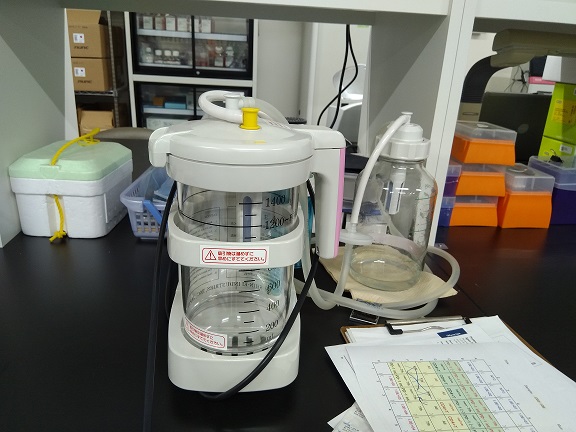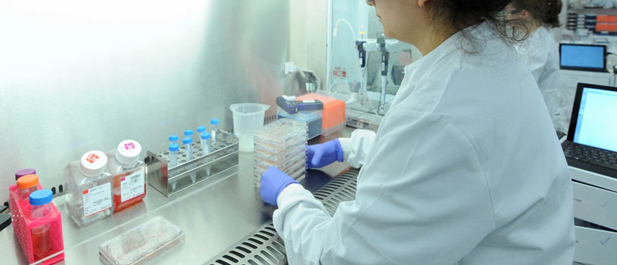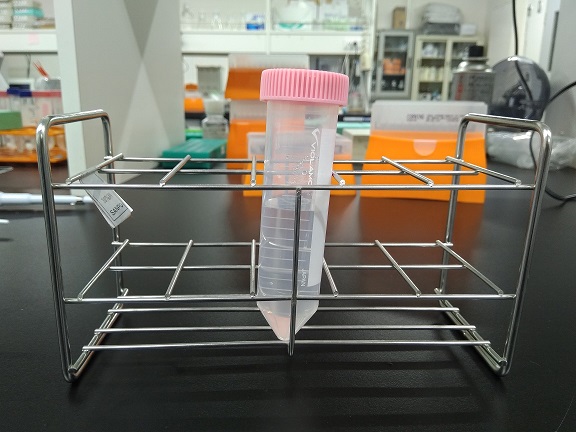Having a cell culture without any form of contamination is paramount in the cell culture laboratory. Such success is usually achieved when the laid down principles and aseptic techniques for undertaking a cell culture procedure are conscientiously followed. A successful cell culture technique depends on a number of factors. These factors are:
- The quality of cell lines you are working with.
- The quality of reagents and cell culture media used.
- The aseptic technique used.
- The quality of the laboratory equipment used and their operation.
- The experience of the researcher.
When these factors are met and made available prior to undertaking cell culture experimentation, it is expected that the cell culture technique will be successful.
AREAS THAT ENCOURAGED THE DEVELOPMENT OF CELL CULTURE TECHNIQUES
Cell culture as a molecular and biomedical science technique would not have fully developed if not for some key innovations that allowed its application in many research laboratories and industries today. Some of this areas or discoveries that advanced the field of cell culture techniques and their applications are shown below:
- Development of antibiotics: The use of antibiotics in cell culture techniques has helped to prevent many microbial contamination that plagued earlier cell culture attempts.
- Development of techniques that allowed the use of proteolytic enzymes such as trypsin. Trypsin helps to remove cells from cell culture vessels or flasks.
- Development of standardized chemically defined growth media which made it easier to culture cells in vitro. Dulbecco’s modified enrichment medium (DMEM) is universally used as growth medium for cell culture technique.
- The development of laminar flow cabinet or hood. The hood provides sterile environment for undertaking cell culture experimentations. It also protects the environment and the researcher from potential contamination.
- The development of powdered tissue culture media, glass culture flasks and improved filtration techniques and products.
References
Alberts B, Bray D, Johnson A, Lewis J, Raff M, Roberts K andWalter P (1998). Essential Cell Biology: An Introduction to the Molecular Biology of the Cell. Third edition. Garland Publishing Inc., New York.
Alberts B, Bray D, Lewis J, Raff M, Roberts K and Watson J.D (2002). The molecular Biology of the Cell. Fourth edition. New York, Garland, USA.
Ausubel, F.M., Brent, R., Kingston, R.E., Moore, D.D., Seidman, J.G., Smith, J.A., Struhl, K., eds (2002). Short Protocols in Molecular Biology, 5th edn. John Wiley & Sons, New York.
Caputo J.L (1996). Safety Procedures. In: Freshney, R.I., Freshney, M.G., eds., Culture of Immortalized Cells. New York, Wiley-Liss, Pp. 25-51.
Cooper G.M and Hausman R.E (2004). The cell: A Molecular Approach. Third edition. ASM Press.
Davis J.M (2002). Basic Cell Culture, A Practical Approach. Oxford University Press, Oxford, UK.
Marcovic O and Marcovic N (1998). Cell cross-contamination in cell cultures: the silent and neglected danger. In Vitro Cell Dev Biol. 34:108.
Mather J and Barnes D (1998). Animal cell culture methods, Methods in cell biology. 2rd eds, Academic press, San Diego.
Verma P.S and Agarwal V.K (2011). Cytology: Cell Biology and Molecular Biology. Fourth edition. S. Chand and Company Ltd, Ram Nagar, New Delhi, India.
Discover more from Microbiology Class
Subscribe to get the latest posts sent to your email.





